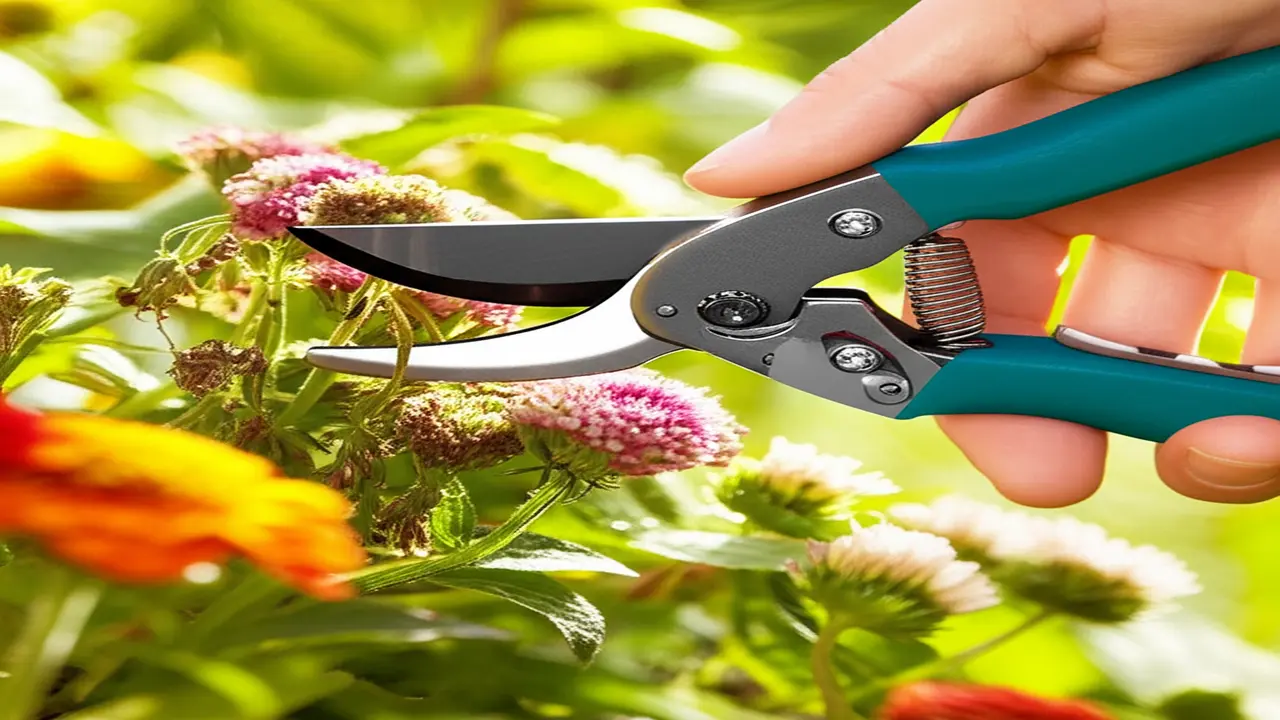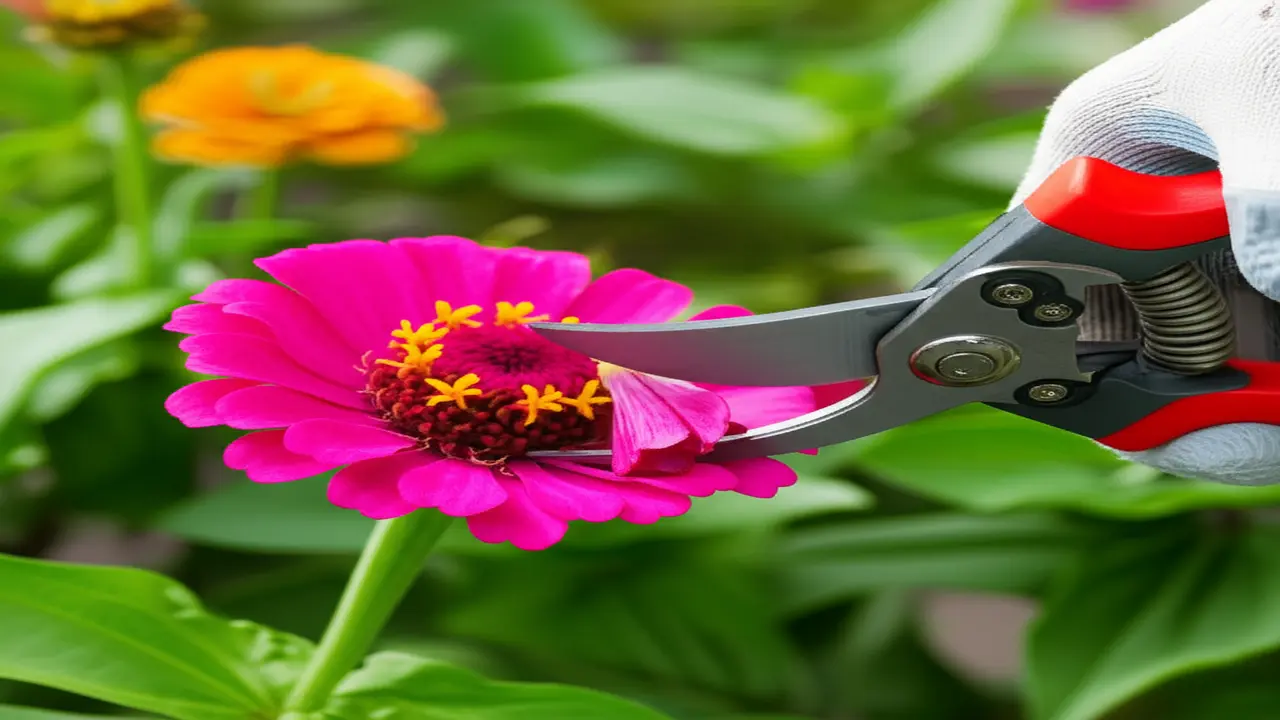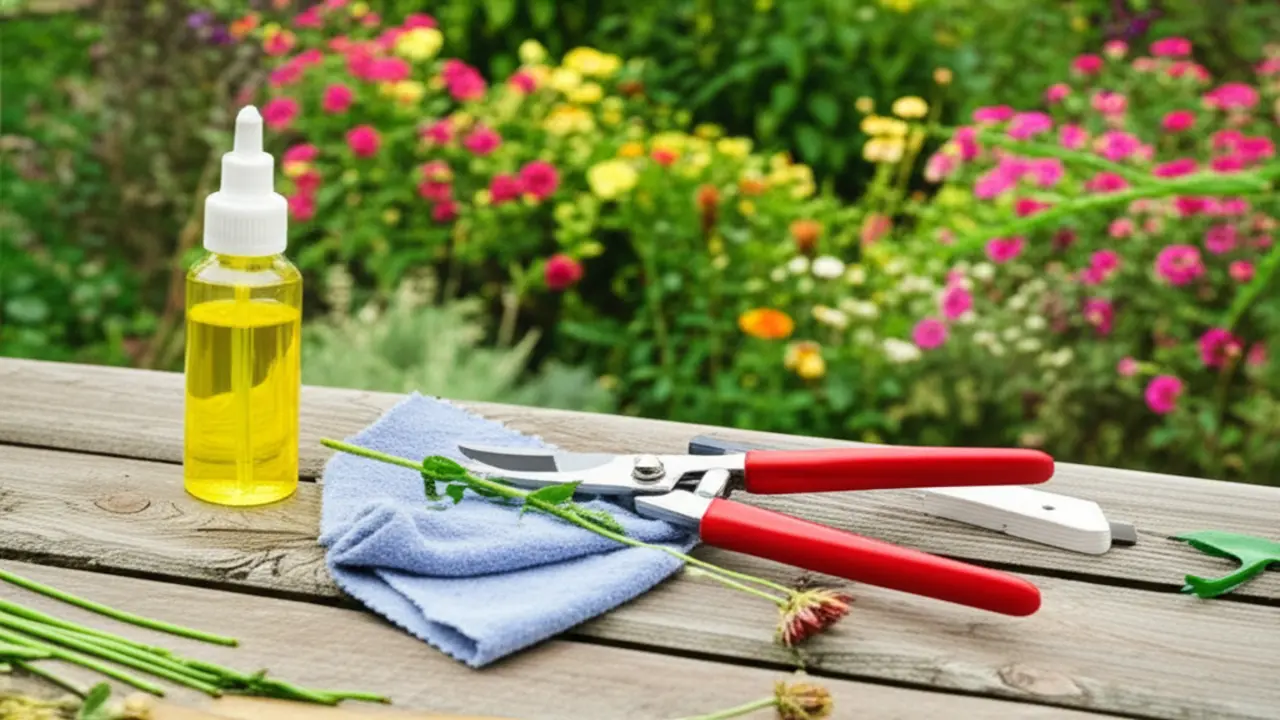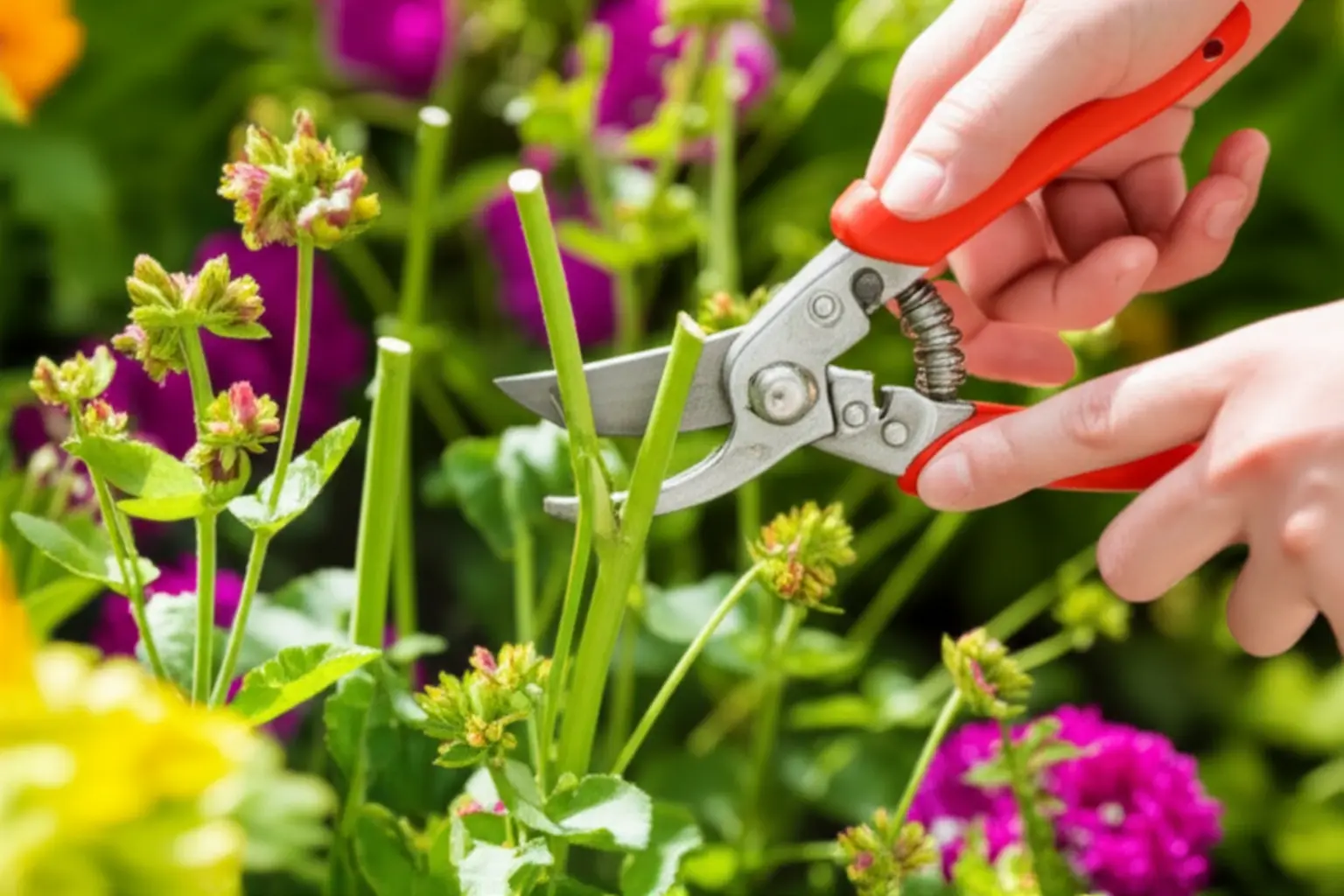1. Why Choose Pruning Shears for Deadheading?
Pruning shears are indispensable for gardeners who want to promote continuous blooming and tidy growth. While finger pinching might suffice for delicate flowers, it often fails on thicker stems where a clean cut is essential. Bypass pruners, known for their scissor-like action, are preferred for deadheading because they support healthy plant tissue and minimize stress. Additionally, for those dealing with dense or heavy stems, heavy duty pruning shears offer the necessary strength and durability to manage the task efficiently.
For gardeners seeking durability and ease of maintenance, features such as sharp, corrosion-resistant blades and ergonomic handles enhance comfort and effectiveness. To keep your pruning shears performing optimally, learn about how to sharpen pruning shears. Choosing pruning shears tailored to your garden’s requirements elevates the deadheading process, making it quicker and healthier for your plants.

2. Selecting the Perfect Pruning Shears for Deadheading
Size and ergonomic design directly impact comfort during frequent deadheading sessions. Smaller shears offer precision and reduced hand fatigue, making them the preferred choice for deadheading versus heavy pruning. Ergonomically shaped handles reduce strain, improving efficiency in prolonged use. For gardeners requiring versatility, having a dedicated pair of small pruning shears is recommended to handle delicate deadheading tasks without damaging plants, while heavy-duty pruning shears may be reserved for thicker branches.
When selecting pruning shears in 2025, also consider blade sharpness and maintenance ease. Sharp blades ensure clean cuts that promote plant health, and ergonomic grips with non-slip materials enhance control. To prolong tool life, proper blade cleaning after use is essential.
For detailed guidance on caring for your tools to maintain peak performance, review our tips on pruning shears cleaning. This ensures your pruning shears remain effective and comfortable for all deadheading needs, promoting vibrant, healthy growth in your garden.

3. Identifying Flowers Ready for Deadheading
4. How to Deadhead Properly with Pruning Shears: Step-by-Step
– Identify the ideal cut point just above a leaf node, side bud, or healthy foliage; this location is biologically optimal as it encourages the plant to produce new shoots and blooms.
– Position the pruning shears so the blades align cleanly with the stem at an angle or straight cut, avoiding crushing or damaging the plant tissue.
– Make a clean, decisive cut to prevent any ragged edges which could invite disease or pests.
– Remove the cut flower heads immediately and dispose of them to maintain garden tidiness and reduce disease risks.
Following these steps ensures that plants use their energy efficiently for new growth rather than seed production. For gardeners seeking detailed maintenance tips, understanding how to sharpen pruning shears properly can further enhance deadheading effectiveness and prolong tool life. You can explore more on this by checking out our guide on how to sharpen pruning shears. This comprehensive process not only keeps your garden looking neat but also supports continuous flowering through the growing season.
5. Advanced Deadheading Techniques and Plant-Specific Tips
Seasonal timing is crucial: perform deadheading regularly during the bloom cycle but switch to cutting back in late fall to prepare plants for overwintering. For instance, dahlias should be pruned low after the first frost before tubers are lifted for winter storage.
Sterilizing pruning shears between cuts is essential when dealing with diseased plant material to prevent pathogen spread. Use a solution of 70% isopropyl alcohol or a diluted bleach mixture, cleaning blades thoroughly and drying before use. Maintaining clean and sharp pruning shears not only promotes plant health but also enhances precision during deadheading. For guidance on tool maintenance, check how to sharpen pruning shears for 2025 techniques.
By understanding plant-specific nuances and employing careful deadheading with pruning shears, gardeners sustain vibrant, healthy blooms longer and prepare plants effectively for seasonal transitions.


